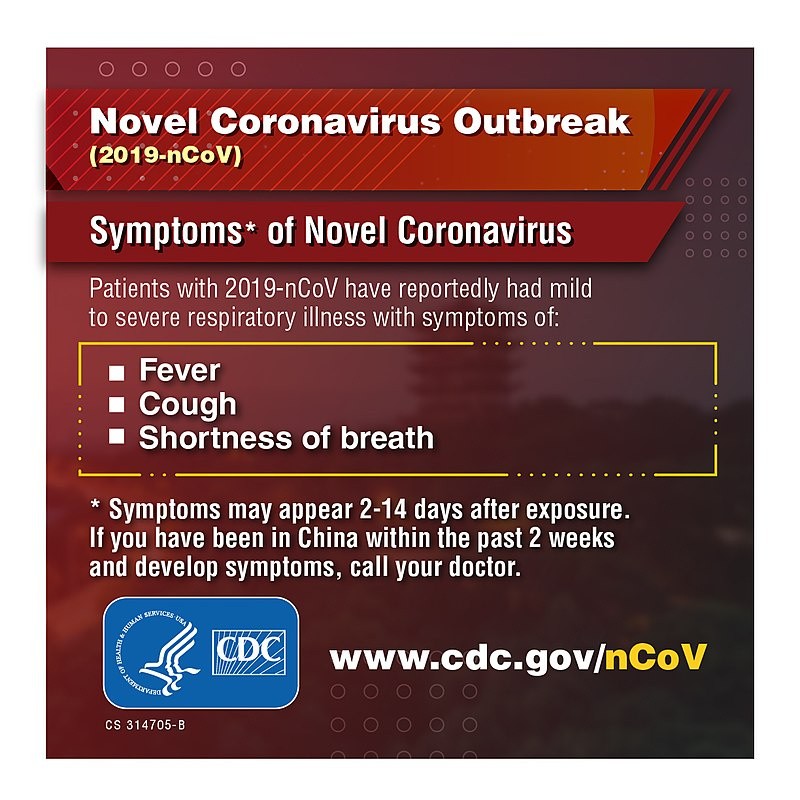
A veteran registered nurse said that it was the red eyes among patients that became the single most important sign that she and other staff at the Life Care Center in Kirkland, Washington mark as a telltale sign of COVID-19.
For Chelsea Earnest, she had noted the most common symptoms among COVID-19 patients in their facility: cough, rapid breathing, and red eyes. She noted that all the sickest patients seemed to have red eyes.
"It was something that I witnessed in all of them (patients). They have, like allergy eyes. The white part of the eye is not red. It's more like they have red eye shadow on the outside of the eyes". Earnest said.
The American Academy of Ophthalmology issued and alert to eye doctors on March 25 evening that the novel coronavirus can cause mild follicular conjunctivitis, "otherwise indistinguishable from other viral causes, and possibly be transmitted by aerosol contact with conjunctiva".The alert also warned ophthalmologists to protect their mouth, nose, and eyes when attending patients who could be infected. The group also advised eye doctors to include redness of the eyes, swelling and sometimes a sticky discharge in one or both eyes, along with fever cough and shortness of breath as symptoms of COVID-19.
Interestingly, the Center for Disease Control (CDC) and Prevention's list of symptoms does not include redness of eyes. The CDC's symptoms emphasized high fever, dry cough, and shortness of breath.
According to Earnest in an interview with CNN, high fever, dry cough and shortness of breath were also experienced by the patients, but for her and her colleagues and doctors at the Life Care Center, the eyes became a telltale sign for them that coronavirus has struck.
Earnest related that they had patients that passed away with only the red eyes symptoms.
There are cases when the attending doctors would ask if the patient has red eyes. If the nurse says yes, then they'd be asked to find a bed for the patient.
Earnest admits that in the 20 years of working as a nurse, she did not know how bad coronavirus could be.
She related that in the day, elderly patients had good vital signs. By night, during her shift, the thing gets to worst. A patient may be sitting up and eating, showing no symptoms as vital signs are stable. Then, at two in the morning, the respiratory rate would be high as the 30s, while the oxygen saturation would be less than 80. The patient would like rigid, have a flushed face and red eyes. All patients would later exhibit such symptoms: a very high respiratory rate and a very low oxygen saturation point.
The eyes, according to Earnest were the visual clue, while the dry cough was the audible one.
The coronavirus infected 129 patients, staff, and visitors at the Center. Infected people associated with the center have died, 81 of which are patients of the center. The average age of the people who died was of the age of 80. In China and other places, the elderly were the most vulnerable and had the most number of fatalities.
© 2025 NatureWorldNews.com All rights reserved. Do not reproduce without permission.





